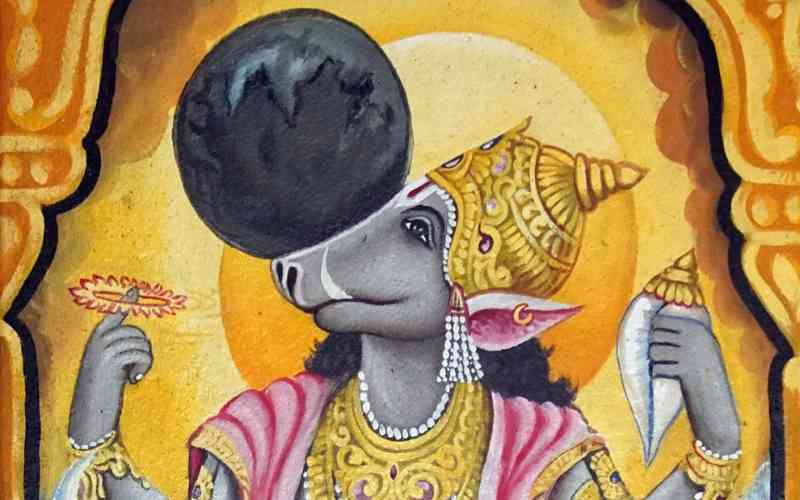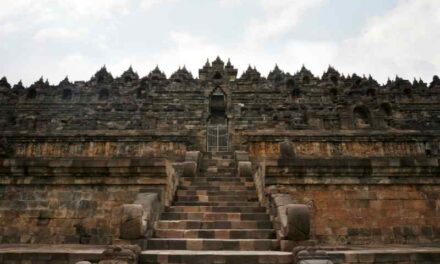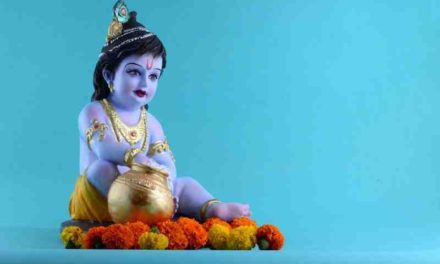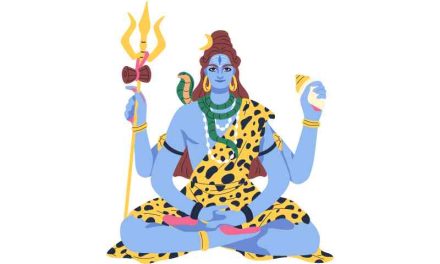The Varaha Purana is one of the 18 major Puranas, or ancient Hindu scriptures, that belong to the Vaishnava tradition. It narrates the story of how Vishnu, the supreme god, took the form of a boar (varaha) and rescued the earth (Prithvi) from the demon Hiranyaksha, who had dragged it to the bottom of the cosmic ocean. The Varaha Purana also contains many other stories, legends, myths, and teachings that reveal the philosophy and theology of Hinduism.
One of the main themes of the Varaha Purana is the concept of yajna or sacrifice. The text describes how Vishnu performed the first yajna by offering himself as a boar to lift up the earth from the waters. This act of self-sacrifice was motivated by his love and compassion for all living beings.
The philosophy and theology of the Varaha Purana are based on the concept of Brahman, the ultimate reality. Brahman is described as being without form, without qualities, and without change. It is the source of all creation, and it is the goal of all spiritual practice.
The soul, or jiva, is said to be a part of Brahman. However, the soul is deluded by Maya or illusion, and it believes itself to be separate from Brahman. The goal of spiritual practice is to overcome Maya and to realize the identity of the soul with Brahman. The path to liberation is said to be through dharma, or righteousness, jnana, or knowledge, and bhakti, or devotion. Dharma is the practice of virtue, jnana is the knowledge of Brahman, and bhakti is the love of God.
The Varaha Purana also teaches that the world is a manifestation of Brahman. The world is not real in the absolute sense, but it is real in the relative sense. The world is a place of suffering, but it is also a place of opportunity for spiritual growth. The Varaha Purana is a rich and complex text that offers a comprehensive view of Hindu philosophy and theology. It is a valuable resource for anyone who is interested in learning more about Hinduism.
The text also explains how yajna is essential for maintaining cosmic order and harmony, as well as for achieving liberation from the cycle of birth and death. The Varaha Purana prescribes various types of yajnas, such as fire sacrifices, animal sacrifices, charity, pilgrimage, fasting, and meditation, that can be performed by different classes of people according to their duties and abilities.
Another important theme of the Varaha Purana is the concept of dharma or righteousness. The text defines dharma as the eternal law that governs all aspects of life, such as morality, ethics, justice, duty, and religion. The text also discusses how dharma varies according to time, place, and circumstance, and how one should adapt to changing situations without compromising one’s principles. The Varaha Purana illustrates the importance of dharma through various stories of gods, sages, kings, and heroes who followed or violated dharma and faced the consequences accordingly.
A third major theme of the Varaha Purana is the concept of bhakti or devotion. The text extols the virtues and benefits of bhakti as the highest form of worship and the easiest way to attain salvation. The text also describes how bhakti can be expressed in various ways, such as chanting, singing, dancing, praying, and serving. The Varaha Purana glorifies Vishnu as the supreme object of bhakti and praises his various incarnations, such as Rama, Krishna, and Varaha. The text also acknowledges and respects other gods and goddesses, such as Shiva, Shakti, Brahma, and Ganesha, and their devotees.
The Varaha Purana is a rich source of Hindu philosophy and theology that reveals the wisdom and beauty of Hinduism. It teaches us how to live in harmony with ourselves, with others, and with nature. It inspires us to perform our duties with dedication and sincerity. It encourages us to cultivate our love and devotion for God and his creation.
Here are some of the key philosophical and theological concepts that are found in the Varaha Purana:
- Brahman: The ultimate reality, the source of all creation, and the goal of all spiritual practice.
- Jiva: The soul, a part of Brahman that is deluded by Maya and believes itself to be separate from Brahman.
- Maya: Illusion, the power that causes the soul to believe itself to be separate from Brahman.
- Dharma: The practice of virtue.
- Jnana: The knowledge of Brahman.
- Bhakti: The love of God.
- Samsara: The cycle of birth, death, and rebirth.
- Moksha: Liberation from samsara.
The Varaha Purana teaches that the path to liberation is through the practice of dharma, jnana, and bhakti. Dharma is the foundation of all spiritual practice, jnana is the means by which the soul realizes its identity with Brahman, and bhakti is the motivation that drives the soul to seek liberation.
Works Cited:
(1) Varaha Purana – Wikipedia. https://en.wikipedia.org/wiki/Varaha_Purana
(2) Hinduism/The Puranas – Wikibooks, open books for an open world. https://en.wikibooks.org/wiki/Hinduism/The_Puranas
(3) (PDF) THE CONCEPT OF YAJNA IN VARAHA PURANA – ResearchGate. https://www.researchgate.net/publication/357667191_THE_CONCEPT_OF_YAJNA_IN_VARAHA_PURANA
(4) THE CONCEPT OF YAJNA IN VARAHA PURANA | Diantary | Vidyottama Sanatana …. https://ejournal.ihdn.ac.id/index.php/ijhsrs/article/view/3026





